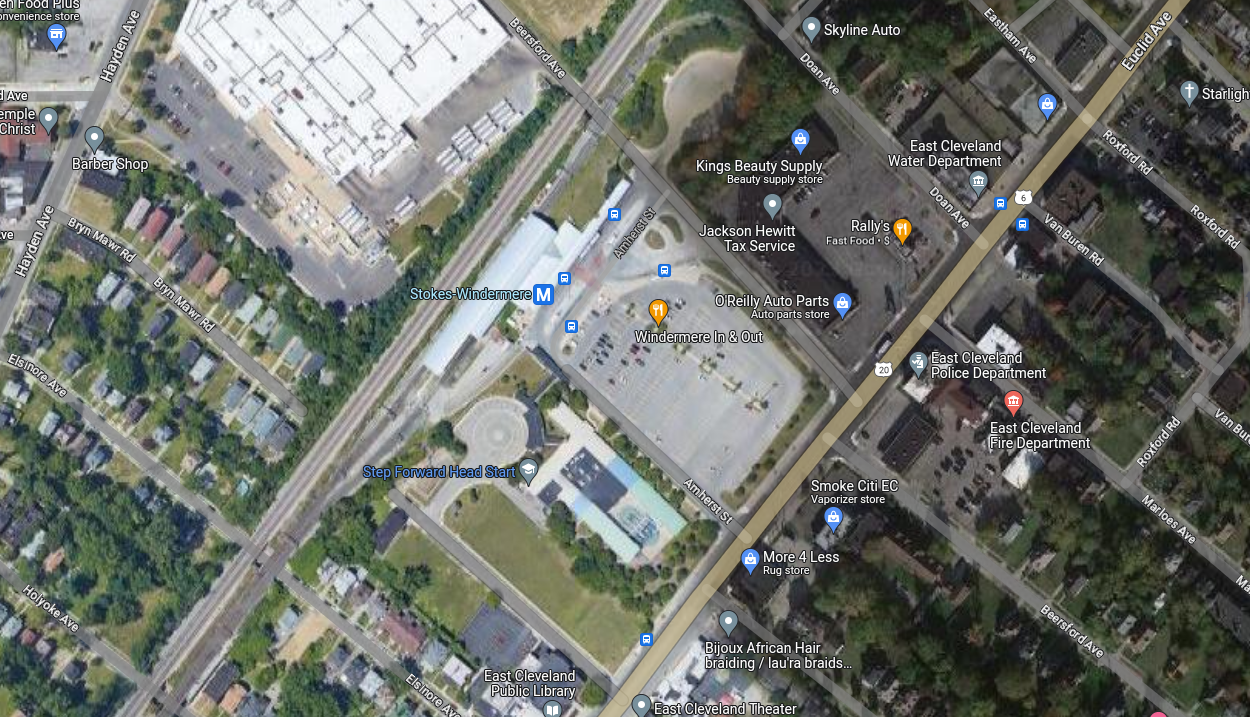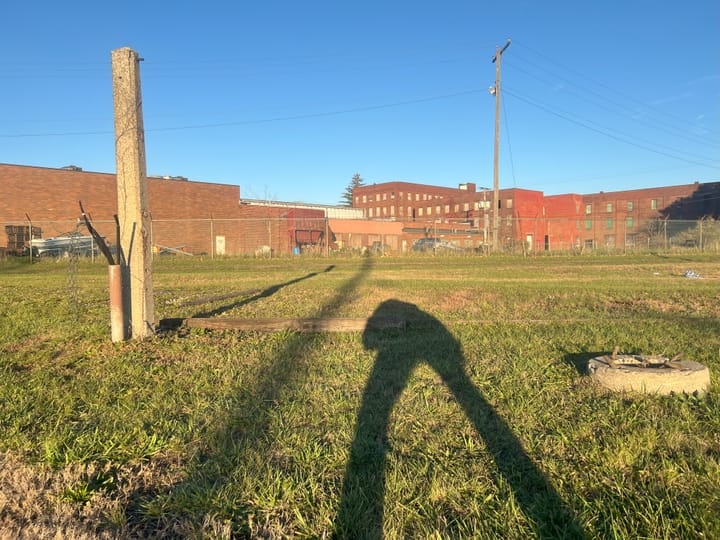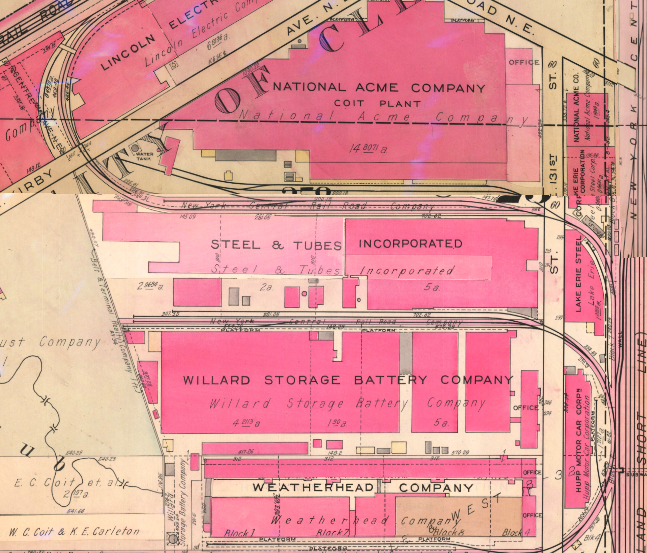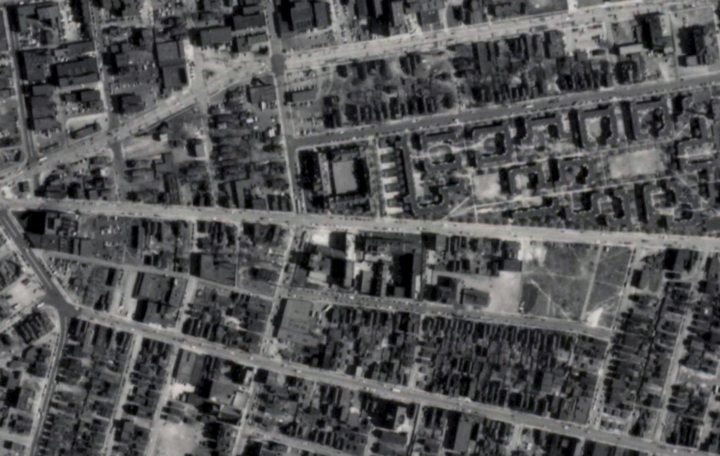Roles of Transportation
Cleveland, please return the subway/tram to downtown and W. 25th. Why not use those buses to improve headways elsewhere and do what makes the most sense for the long-term economic growth and development of downtown.

We must re-establish the goals of all transportation, public and private: to move people to their destinations. We must consider two very real aspects for this: where are we starting the journey and where are we ending the journey. If we could map the destination of every person traveling on a single street at this instant, I bet we would see a significant number heading to the same destinations within a half mile.
We can get a bit more intuitive by considering what a persons needs are. Everyone needs to eat, and we all agree that having access to fresh produce/deli meats generally reduces obesity rates, so a grocery store is top of the list. The schools in the area are generally a consistent source of traffic. The community centers/parks, religious/hobby organizations, and the commercial districts complete most every day travel destinations within your neighborhood.
We know an area, such as downtown Cleveland, has a lot of economic activity from brick-mortar retail through office spaces and other forms of rent revenue. We know that if we want to move a lot of people to an area at a time, the most efficient cost per person method would be rail. This separated grade circumvents traffic and allows competition with private car convenience and time spent. This also requires development to be prioritized around these stops vs. around current car based infrastructure.
Buses have no reason to be within city limits. If a bus line is viable in the city, lay down the rail for a tram. Buses are a tool to reach places where it would be too expensive to lay the rail and operate the line. They are a connecting tool for the suburbs to get to one of the more major rail transit stops (with development) to get the people into the city. Shortening bus routes would address the issue of long headways and reduce the chance for delays on individual buses with currently available equipment.
Where could we test this? My first thought is that Stokes Windermere Station has the land available to be turned into a viable commercial center for local needs with the option to travel into Downtown. The more the option is subsidized presented to people, the more people we would see using it (induced demand). Who is driving into the Stokes Windermere station? Why do we have that much space dedicated to parking vs. placing mixed use developments withing the parking lot footprint? There are already bus lines with two dedicated lanes through the station; let's use the area as a way to provide local jobs and improve the tax base.
Would this be a displacement concern? I am unsure; if we only build in the current footprint, maybe not. It may encourage more investment within the community, but only if the spaces are able to prioritize the current denizens. Community surveys may be required in the near future, either in print form or in exchange for a service.
Cleveland, please return the subway/tram to downtown and W. 25th. You have recognized that a dedicated right of way down Euclid would be viable for the buses. Why not use those buses to improve headways elsewhere and do what makes the most sense for the long-term economic growth and development of downtown. This is not the FIRST TIME we would have rails on Euclid Ave. Why continue to take half measures with the Healthline BRT? We know providing more people access to commercial areas will help drive tax revenue to take care of the infrastructure.



Comments ()